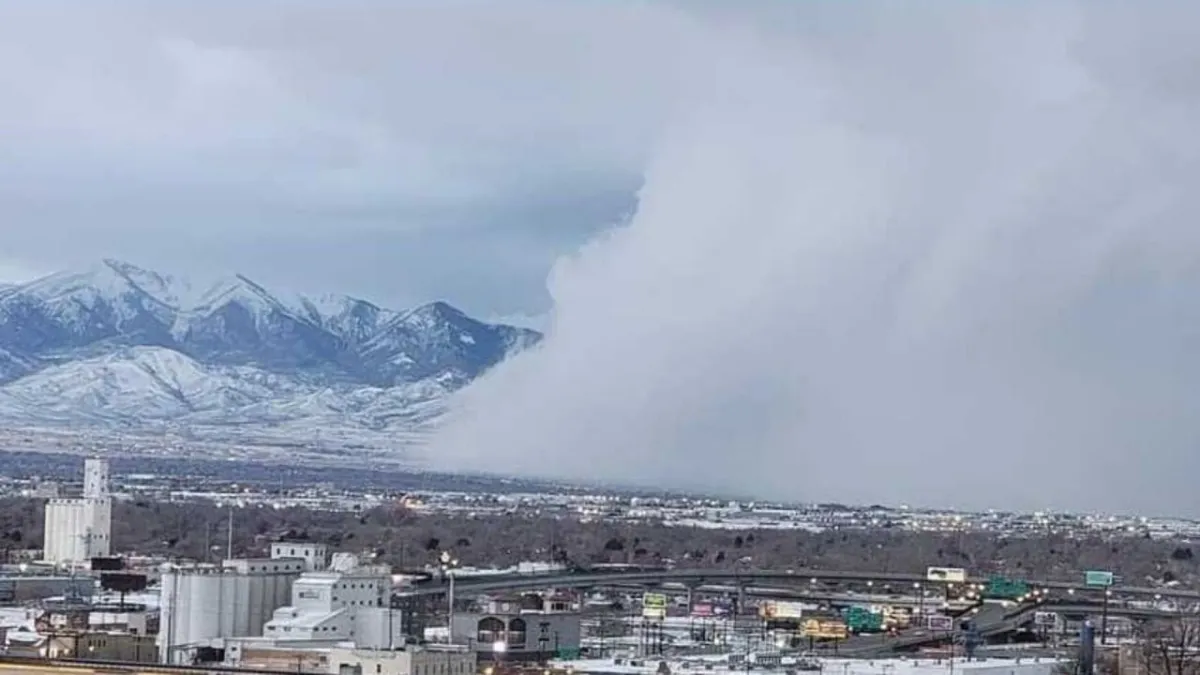As winter blankets the landscape with its serene beauty, nature occasionally unleashes a meteorological surprise known as a snow squall. Despite their brief duration, snow squalls pose unique dangers that can catch individuals off guard, making it crucial to understand and respect the potential hazards associated with these sudden storms.
A snow squall is characterized by a sudden and intense burst of snowfall accompanied by strong winds. Unlike traditional snowstorms that linger over an extended period, snow squalls are relatively short-lived, often lasting between 30 minutes to an hour. However, the brevity of these events does not diminish their potential impact and the associated risks.
READ MORE: Everything you need to know about snow squalls
Reduced Visibility
One of the most significant dangers posed by snow squalls is the rapid reduction in visibility. As the intense burst of snowfall envelops the area, visibility can plummet to near zero, creating whiteout conditions. This sudden loss of visibility is particularly hazardous for drivers on roads and highways, leading to an increased risk of accidents and collisions.
Treacherous Road Conditions
The combination of heavy snowfall and strong winds in a snow squall can result in rapidly deteriorating road conditions. Roads can become slick and icy, making them challenging for drivers to navigate safely. The quick accumulation of snow on road surfaces can also lead to slippery conditions, increasing the likelihood of vehicles skidding and losing control.
Squall Lines and Gusty Winds
Snow squalls are often accompanied by squall lines – strong, gusty winds that can reach speeds of 30 miles per hour or more. These powerful winds contribute to the hazardous conditions by blowing snow horizontally, further reducing visibility and creating drifting snow on roadways. Gusty winds can also lead to downed power lines and tree branches, posing additional dangers.
ALSO READ: Precautions to take during a snow squall
Impact on Travel
Snow squalls can have a significant impact on travel, causing delays, disruptions, and road closures. Airports may experience flight cancellations or delays due to reduced visibility and the need for de-icing procedures. Commuters and travelers are advised to stay informed about weather conditions and exercise caution when snow squalls are forecasted.
While the picturesque scenes of winter may captivate our senses, the hidden dangers of snow squalls remind us of the need for caution and preparedness. Understanding the risks associated with reduced visibility, treacherous road conditions, and gusty winds empowers individuals to navigate these sudden storms safely. By staying informed, heeding warnings, and taking necessary precautions, we can appreciate the beauty of winter while minimizing the inherent dangers posed by snow squalls.

